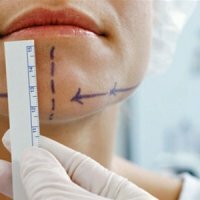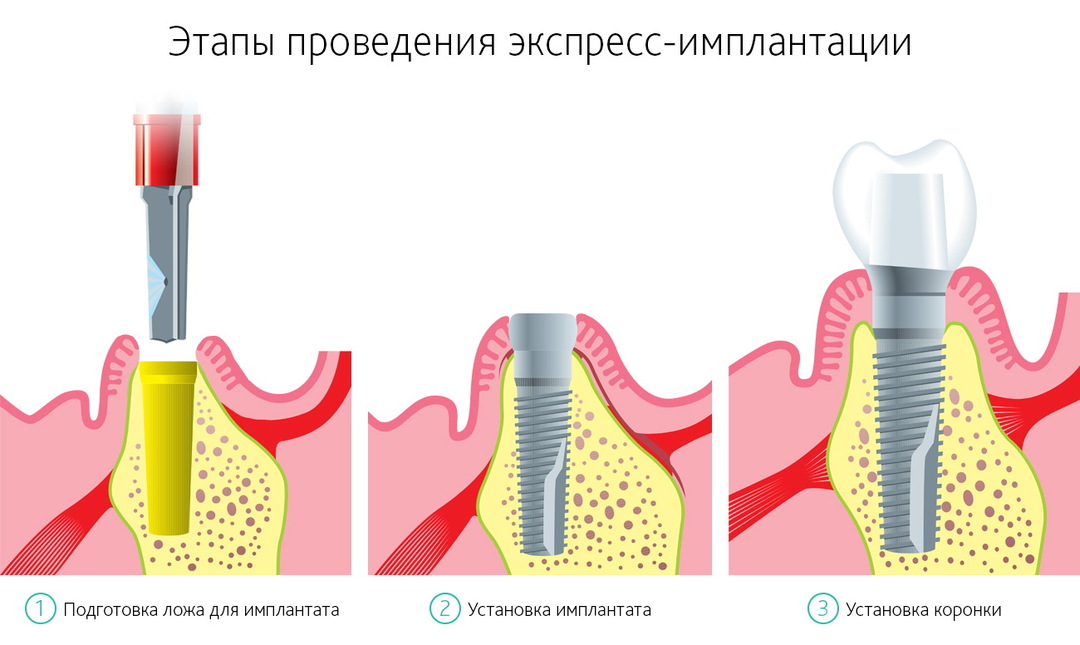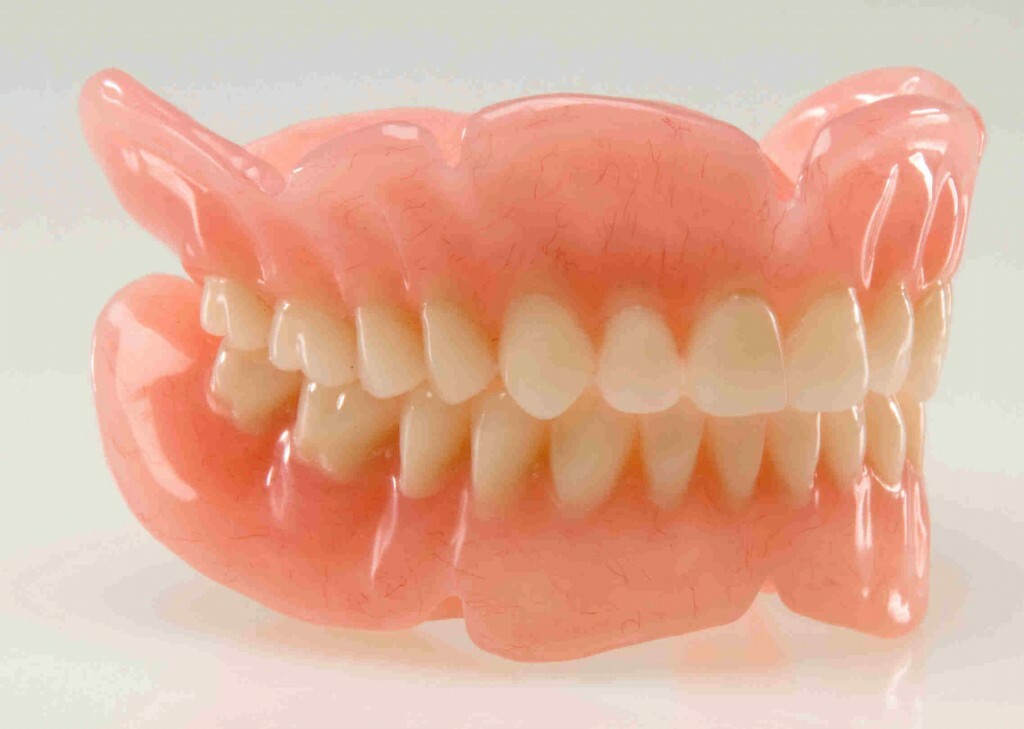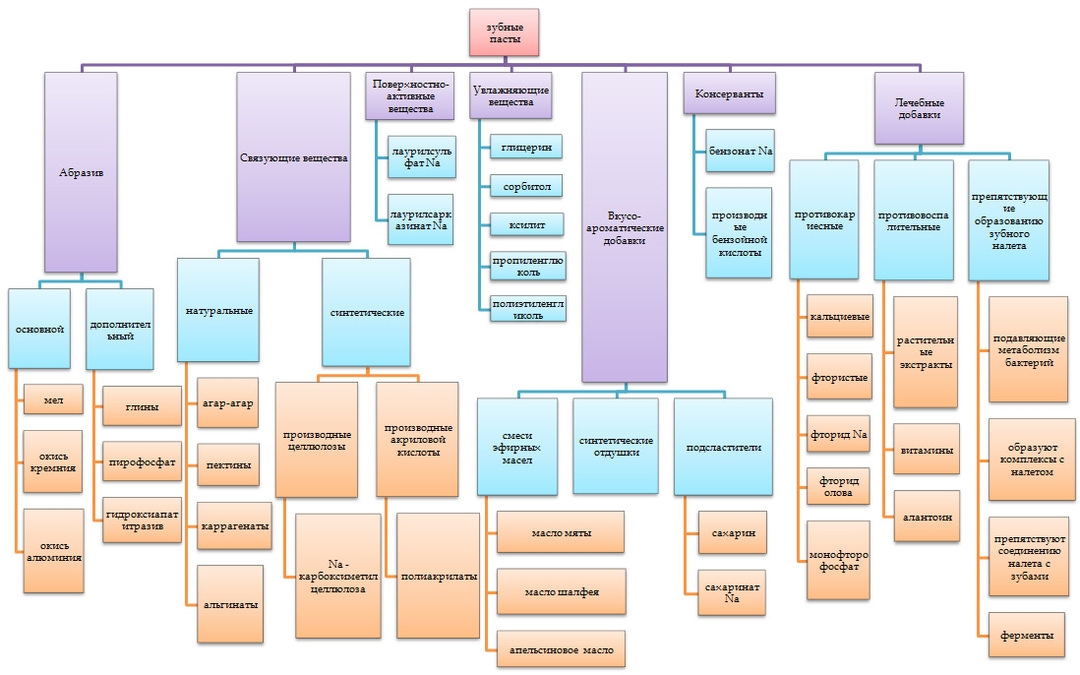Surgical correction of occlusion

An incorrect bite is not just an aesthetic problem, but a pathology of the bones of the jaw that can cause discomfort and harm to the health of its owner. Due to the incorrect position of the teeth, there is an increase in the masticatory load on certain teeth. In turn, this can cause anxiety in the temporomandibular joint. It was revealed that a wrong bite often leads to violations of posture. Moreover, it negatively affects the speech abilities of a person and even disrupts the breathing process. Modern medicine offers several approaches to bite correction. And one of them is a surgical correction.
Indications
This method is used in cases where the traditional methods of correcting an incorrect occlusion( removable or non-removable equipment) have proved ineffective. Indications for surgical treatment of an occlusion are: chin dysplasia, anterior open or lateral open bite. All these disorders are accompanied by a pronounced deformation of the jaws or bones of the face.
Essence of bite correction operations
So, for example, when the frontal open bite jaws are closed, a noticeable gap is created between the teeth of both rows. This causes a violation of chewing functions and diction. In this case, the surgical treatment of the bite is to bring the lower and upper jaws in the desired position, corrected to a normal occlusion. The patient is made an incision on the threshold of the oral cavity under general anesthesia. This allows you to open the maxillary bone, thereby freeing the base of the maxillary bone from both sides. At the next stage, the surgeon must remove part of the bone in the back of the upper jaw. Due to this, the upper jaw will move higher, and the lower jaw will be able to carry out the closing movements completely. When the jaws are closed, the teeth will correctly contact. Then the surgeon fixes the upper jaw in the desired position with an artificial tire. The latter should be worn for several weeks after the operation.
The lateral open bite entails serious malfunctioning of the chewing functions. In persons with such bites, the risk of developing the diseases of the mandibular joint is increased. Surgical intervention in this situation is that under general anesthesia, the doctor must extend the two jaw parts in the bone fractures. Over time, a new bone will be formed at the site of the fracture, due to which the jaw bone will lengthen. During such manipulations, the bone segment with teeth is moved in the direction of the masticatory level, which allows to correct the bite and causes the jaws to close in norm.
Surgical intervention for bite correction often occurs with the use of distractors. These are specially designed mechanical structures designed to create the right pressure on the distant parts of the bone. The process of elongation of the jawbone begins after a few weeks after the operation. It is estimated that the jawbone increases at a rate of one millimeter per day.
The diagnosis of chin dysplasia is made if there is a pronounced change in the shape of the chin, for example, a convex chin, a sloping chin, pushed back, etc. In turn, this leads to distortion of the face, disrupts the closing of the lips. Surgical surgery in this case is that an incision is made in the oral mucosa. By releasing, thus, the chin, the surgeon can now give it the right position, which is then secured to a special titanium plate.
It should be noted that at present, bite correction with the help of surgical intervention is very rare. And the achievements and implemented development of modern surgery make such operations less painful and highly effective. Therefore, trust your orthodontist and, if he does not see another way to fix the bite, other than the surgical method, follow his advice and let the professionals give you a pleasant smile for a comfortable life.



